How Can We Reduce Anemia?
To do this, governments and communities must work together to implement effective interventions based upon the best information available.
Anemia Causal Pathway
Adapted from the Biomarkers Reflecting Inflammation and Nutritional Deficiencies (BRINDA) Project
There are a range of interventions to address anemia, but to be effective, the intervention must match the cause.
Agriculture
Disease Control
Education
Genetics
Nutrition
Reproductive Health
Water, Sanitation, and Hygiene
To reduce anemia, context is everything.
SPRING has three approaches to help understand the context and implement effective anemia interventions.
Strengthen country-led efforts
National and local efforts should drive anemia reduction efforts to ensure that strategies are context-appropriate and sustainable. A multi-sectoral and multi-stakeholder approach is required. SPRING has directly engaged with governments in 5 countries to combat anemia.
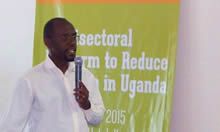
Multi-sectoral Anemia Platforms Strengthening
SPRING provides technical assistance on national anemia efforts in Ghana, Kyrgyz Republic, Uganda, and Sierra Leone. This work has resulted in 51 national anemia working groups and development of strategies and protocols addressing anemia prevention and control.

National Anemia Profiles
SPRING created snapshots of country anemia situations that can be used for advocacy and to encourage coordination of anemia efforts.
Develop guidance tools
Guidance tools equip international and national practitioners with the latest evidence and effective approaches to address anemia. SPRING has developed 3 guidance tools to support anemia reduction.
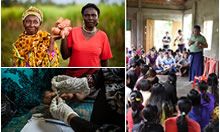
Anemia Landscape Analysis Tool
The Understanding Anemia: Guidance for Conducting a Landscape Analysis includes a web-based and downloadable version. Thirty-four experts weighed-in to provide guidance that is up-to-date and relevant for assessing the national anemia situation.
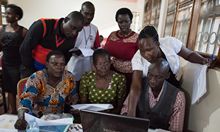
District Assessment Tool for Anemia
The District Tool for Anemia (DATA) provides a way to assess and prioritize anemia interventions using a participatory approach at the district level. The tool has been piloted in Ghana, Nepal, and Uganda.
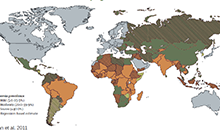
A Rapid Assessment of Iron Folic Acid Supplementation
An approach that uses population-based data to assess the falter points of a country’s Iron Folic Acid supplementation program for pregnant women. Twenty-one country assessments are available.
Advance the global agenda
Collaborate with global partners to build evidence and develop stratgies that will effectively reduce anemia. SPRING has drafted 17 anemia-related journal articles.

Anemia Research Working Groups
The HEmoglobin MEasurement (HEME) Working Group and the Biomarkers Reflecting Nutrition Determinants of Anemia (BRINDA) 2 Project are collaborative research groups to improve the assessment of anemia and its risk factors. SPRING plays an active role in both of these working groups.
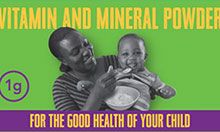
Micronutrient Interventions
Anemia is caused by multiple factors, with iron deficiency and other micronutrient deficiencies being major drivers. SPRING is strengthening the evidence base on the delivery of micronutrient powders (MNP), a key intervention for addressing vitamin and mineral deficiencies.
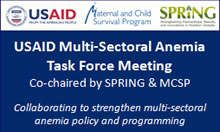
USAID Anemia Task Force
The USAID Bureau for Global Health is partnering with SPRING project and MCSP to hold USAID multi-sectoral anemia task force meetings that facilitate collaboration across sectors.
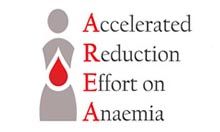
Accelerated Reduction Efforts of Anemia
The Accelerated Reduction Efforts of Anemia (AREA) Community of Practice (CoP) was started by SPRING, UNSNC, and WHO in June 2015 to share information on ways to improve and scale-up strategies to reduce anemia. The CoP has grown to 700+ stakeholders from 65+ countries.
Call to Action
Collect accurate and comprehensive anemia-related data at the national- and district-level.
Match interventions to the specific causes of anemia in a given context.
Establish coordination bodies to improve multi-sectoral stakeholder engagement; the impact of multisectoral efforts is more than the sum of the impacts by each sector.
Use guidance tools to facilitate national and district action.
Join the SPRING-moderated AREA community of practice to share your experiences and engage in the global anemia dialogue.
Go to the AREA community of practice
Subscribe to the Anemia Resource Review, a quarterly update on research and developments related to preventing and controlling anemia.